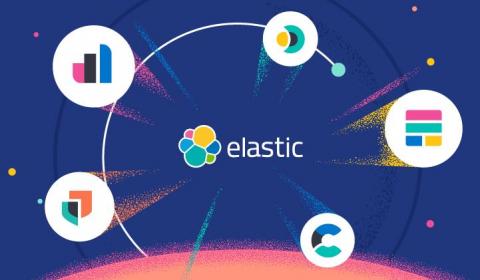Operations | Monitoring | ITSM | DevOps | Cloud
XDR
Why Log Analytics is Key to Unlocking the Value of XDR for Enterprises
The Power of Combining a Modular Security Data Lake with an XDR
Debunking the Myth of XDR
One of the biggest buzzwords (or really, buzz acronyms) to pop up in the cybersecurity space in recent years is XDR, or, extended detection and response. The term was coined in 2018 by Nir Zuk, CTO and co-founder of Palo Alto Networks. It was posited as a new way to think about security, where data is taken from several platforms and it gets correlated and analyzed.
Elastic Introduces the Industry's First Free and Open Limitless XDR
Limitless XDR defined: Ingest, retain, and analyze security data freely
Elastic Security's newest features define the potential of XDR for cybersecurity teams. Our single platform brings together SIEM and endpoint security, allowing users to ingest and retain large volumes of data from diverse sources, store and search data for longer, and augment threat hunting with detections and machine learning. Security vendors are using the term “XDR” with increasing frequency, applying varied definitions to suit their respective technologies.
Elastic 7.14.0 introduces the industry's first free and open Limitless XDR
We are pleased to announce the general availability (GA) of Elastic 7.14, including our Elastic Enterprise Search, Observability, and Security solutions, which are built into the Elastic Stack — Elasticsearch and Kibana. Elastic 7.14 empowers organizations with the first free and open Limitless XDR, which delivers unified SIEM and endpoint security capabilities in one platform.
Demystifying the Hype Around XDR
Extended Detection and Response (XDR) has generated a lot of buzz recently with press, analysts, and even customers. There’s no denying that, at face value, its promise of reduced complexity and cost while increasing detection and response is alluring. As security teams look to modernize their security tooling, they’re also looking for solutions to some of their largest challenges. Is XDR the answer? What is XDR, exactly, and how do you determine if it’s right for your organization?









